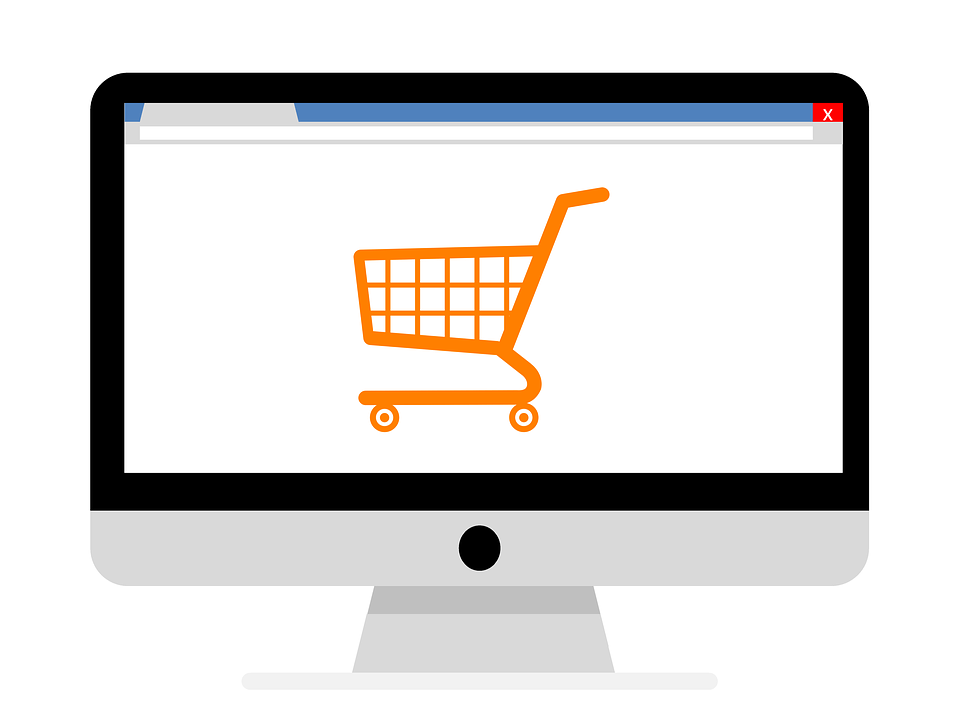Online shopping has evolved to be a vital thread interweaved in the framework of our everyday life. Due to its fast-growing prevalence, it is difficult to imagine a world without it. Today, it has become a routine practice to visit big e-commerce sites or their apps to buy our needed goods or even things not really unnecessary.
All these have become possible through different breakthroughs like the birth of the internet and the popularization of smartphones. Of course, there are the businesses that dared to venture into online retail during the times when everything was still an odd notion that we consumers’ hardly grasp.
Here, let’s take the first big internet e-commerce stores and how they help shape the history of online retail and herald its biggest transformation in the past few decades – all changing how we shop.
1. Book Stacks Unlimited
Thanks to Tim-Bernes Lee, the World Wide Web was born in 1990, which was undoubtedly one of the greatest inventions of all time that connected people across the world. Soon, it has altered the e-commerce landscape for the better and has been the most vital proponent of online retail.
Among the first e-commerce stores that sprouted after the invention of the Internet was Book Stacks Unlimited. Established in 1992, it is widely considered one of the pioneers of e-commerce in the online era.
A brainchild of software developer Charles M. Stack, Book Stacks Unlimited first ran an online bookstore through a dial-up bulletin board service system. Operated in Cleveland, Ohio, Stack envisioned offering people every published book in the most accessible way.
In 1994, Books.com opened for business. While it didn’t achieve its target, the website was still able to offer half a million titles. Plus, it attracted the same number of visitors each month. Apart from online shopping, the site also offered daily literary journals, book summaries, recommendations, online forums, as well as interviews with different authors.
2. Amazon
1995 was the year that etched one of the most iconic developments in online shopping history with the launch of Amazon, the world’s largest online retailer. At its outset, Amazon was an online bookseller, boasting the largest book collection for people with access to the Internet.
Eventually, Amazon expanded into offering other goods like music CDs, DVDs, electronics, video games, software, health products, footwear, household items, apparel, etc. Initially named as Cadabdra.com, Bezos decided to rename the site after it became widely popular. Its name was changed to “Amazon” in 1999 in reference to the most voluminous river on Earth.
By December of the same year, Amazon had already shipped over 20 million items to 150 nations around the world. As such, it was no surprise that Time Magazine also awarded Bezos as “Person of the Year,” attributing to the company’s massive success.
Though Amazon’s main headquarters is situated in Seattle, Washington, USA, it has established individual websites in other countries like China, Japan, France, Germany, Canada, and the United Kingdom. Today, Amazon continues to be an online empire that is insurmountable, earning a total of $469.8 billion annual revenue in 2021 alone.
3. eBay
Shortly after Amazon’s launch on July 16, 1995, Pierre Omidyar followed suit introducing AuctionWeb on September 3rd the same year in San Jose, California, USA. AuctionWeb matched sellers and small businesses to buyers of goods and services. It became the first global online auction and trading company that allowed person-to-person transactions, which soon gained massive popularity. Two years later, it was named to eBay after Omidyar’s consulting firm Echo Bay Technology Group.
One of the biggest draws of eBay is how it strives to implement a procedure to ensure safe and transparent trading between its users. Today, eBay remains one of the preferred platforms for listing and selling products quickly across the world.
4. Victoria’s Secret
With the boom of e-commerce stores, brick-and-mortar retailers also saw the opportunity of going online. Thus, starting their own e-commerce site. One of the first large and renowned retailers to do so was Victoria’s Secret in 1998.
The lingerie company had its advantages. It was an obvious leader in fashion and had a widely successful catalog business. Plus, Victoria’s Secret was headquartered in San Francisco where many of the new developments in the online world were taking place. Its initial site cost around $5 million to create. While other retailers have already begun to come online, Victoria’s Secret emerged to be one of the principal innovators in e-commerce.
In 1999, VS produced a real-time streaming video presentation for their annual show. As tickets to their famous fashion show were naturally hard to obtain, interest in the webcast skyrocketed. However, the high traffic and demand proved to be too much for the internet technology at that time, causing networks to crash across the United States. Still, Victoria’s Secret’s first online event is still remembered as one of the most iconic online streaming events, garnering 1.5 million viewers that year.
5. Alibaba
On June 29, 1999, Jack Ma, a former English teacher Jack Ma, and his students and friends launched Alibaba.com, in his Hangzhou apartment. It was a China-based B2B marketplace website, which later received US$25 million as investment capital from Goldman Sachs and SoftBank. It was established to serve as an e-commerce platform for all sizes of Chinese enterprises, solidify domestic online retail, and help bring Chinese products to the world. Alibaba soon evolved to be an e-commerce giant and has been touted by some to be Amazon’s closest competitor from a worldwide perspective.
6. Zappos
Founded by Nick Swinmurn in 1999, Zappos is an online shoe and apparel retailer launched under the name Shoesite.com. In July of the same year, its name was changed to Zappos in reference to the Spanish word “zapatos,” which means “shoe.” In its initial year, the site earned gross sales amounting to $1.6 million. Zappos then achieved a significant increase in 2001 bringing in gross sales totaling $8.6 million. Three years later, they garnered $184 million in gross sales. In the next few years, the company doubled its annual gross sales, hitting $840 million in revenue before finally hitting $1 billion in annual sales in 2008. However, in 2009, Amazon acquired Zappos after a series of negotiations.
Takeaway
The contributions of these stores to the online retail industry are truly valuable, making the first few steps and innovations toward the growth of e-Commerce. What’s great is that the advancements in online shopping never cease and we can expect newer things in the future, continually making our online shopping experience even better than ever.



